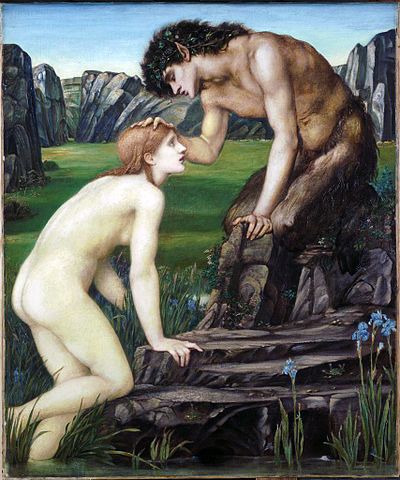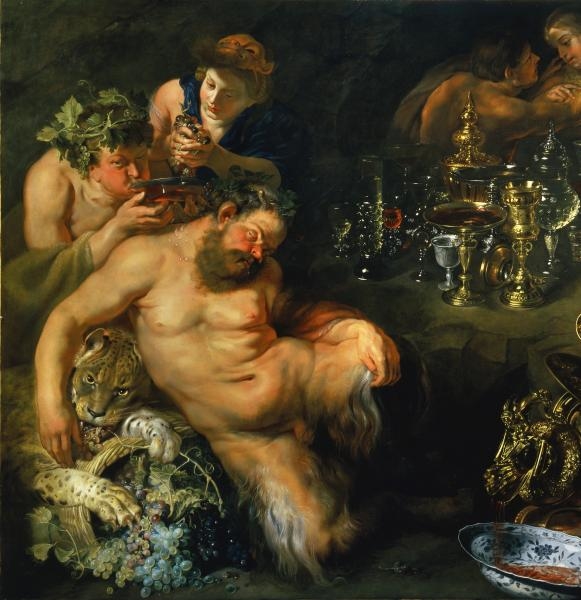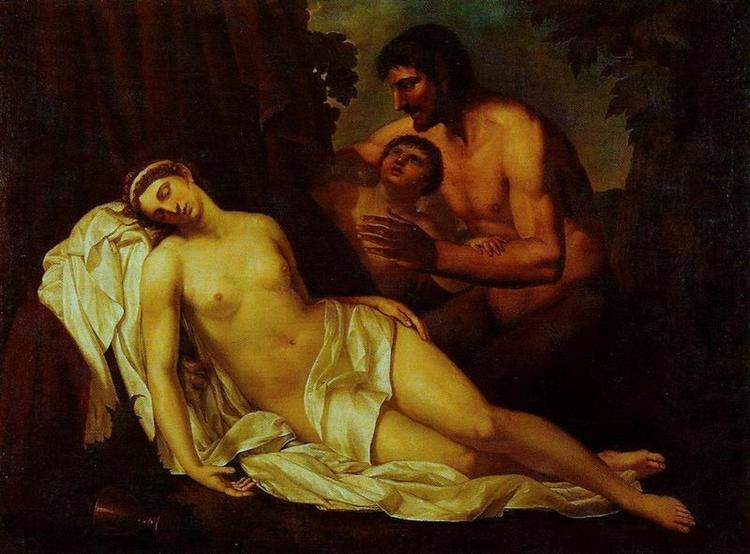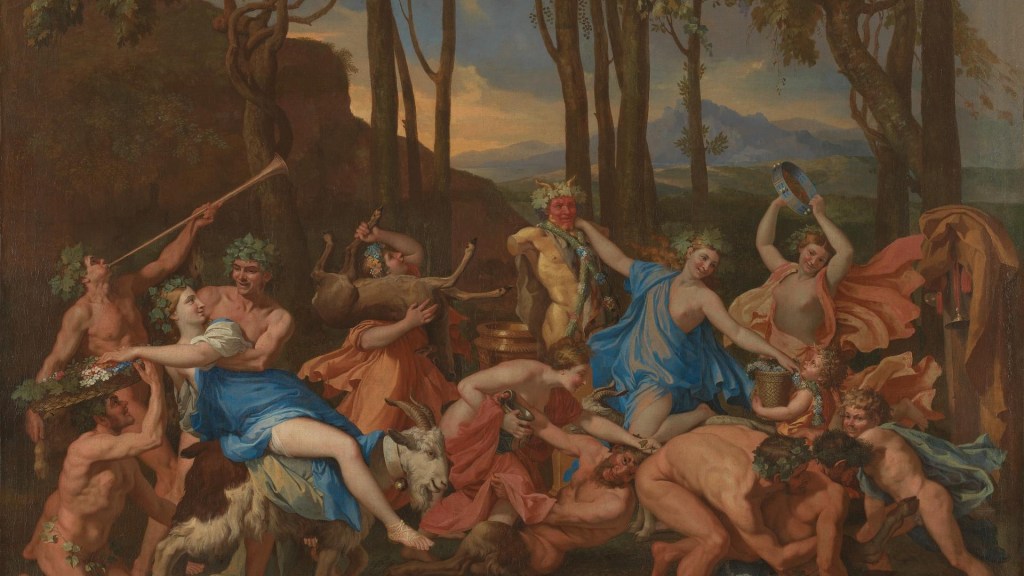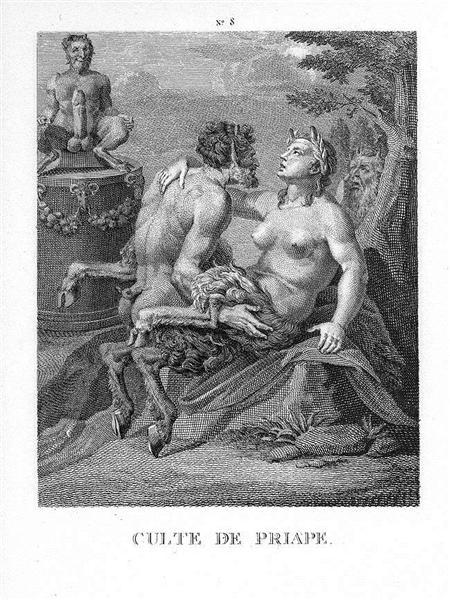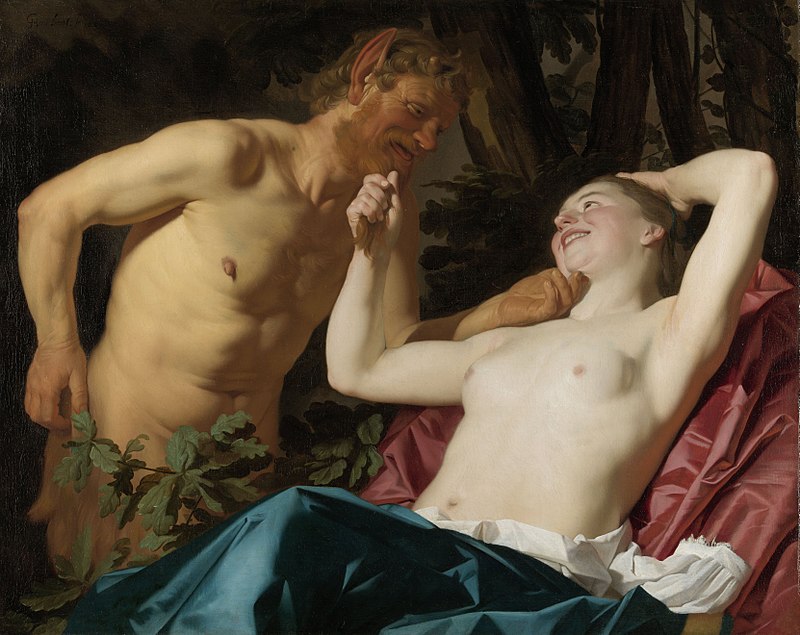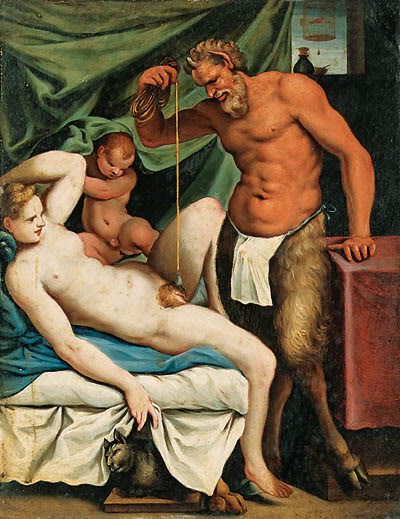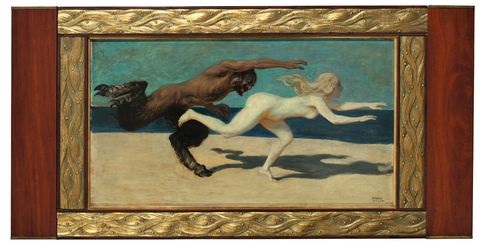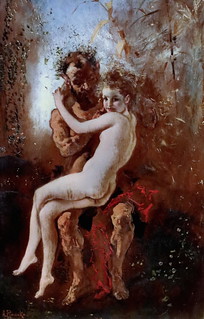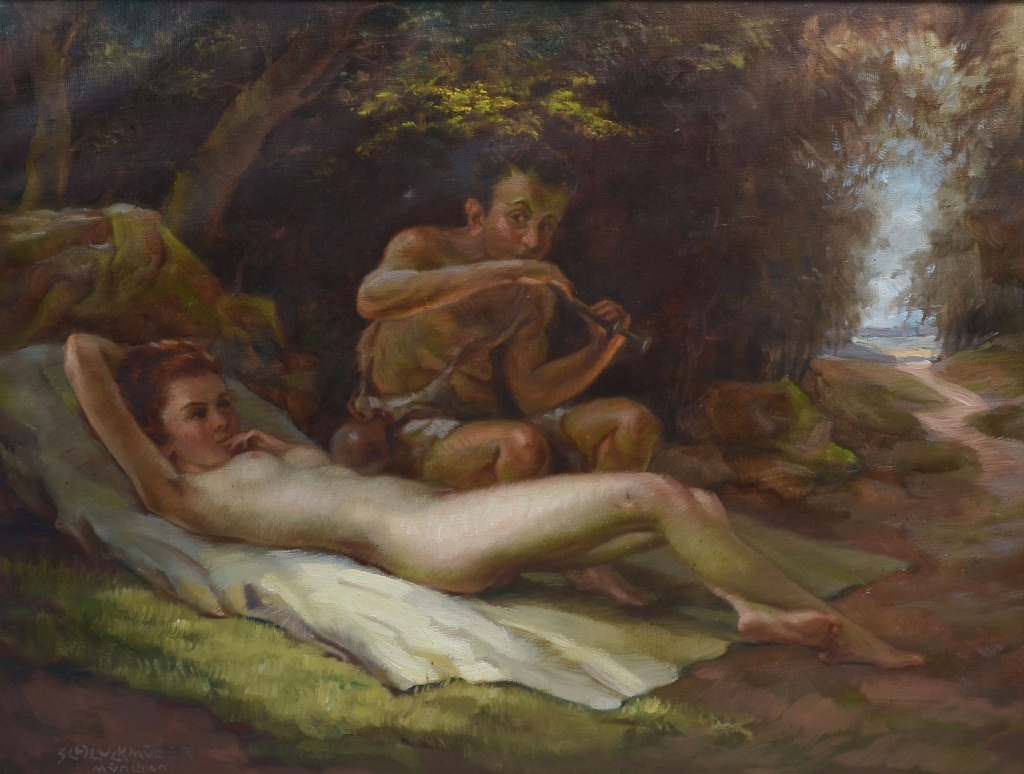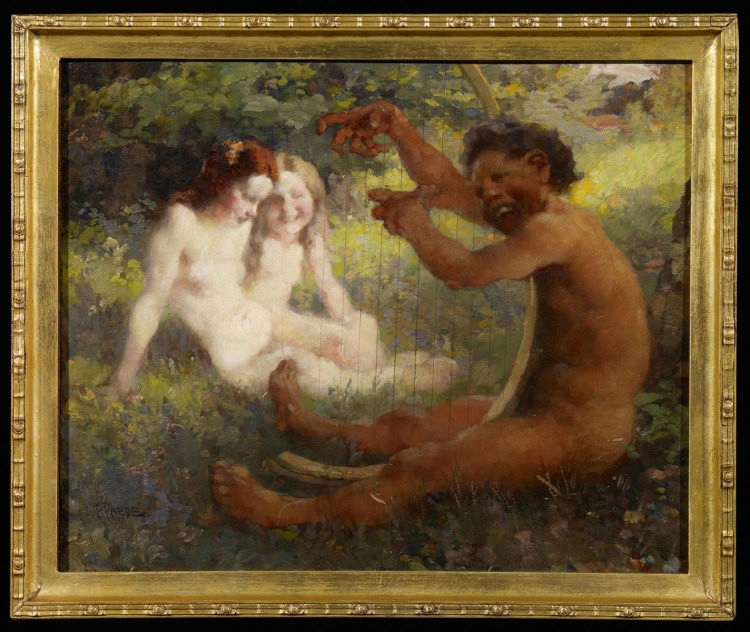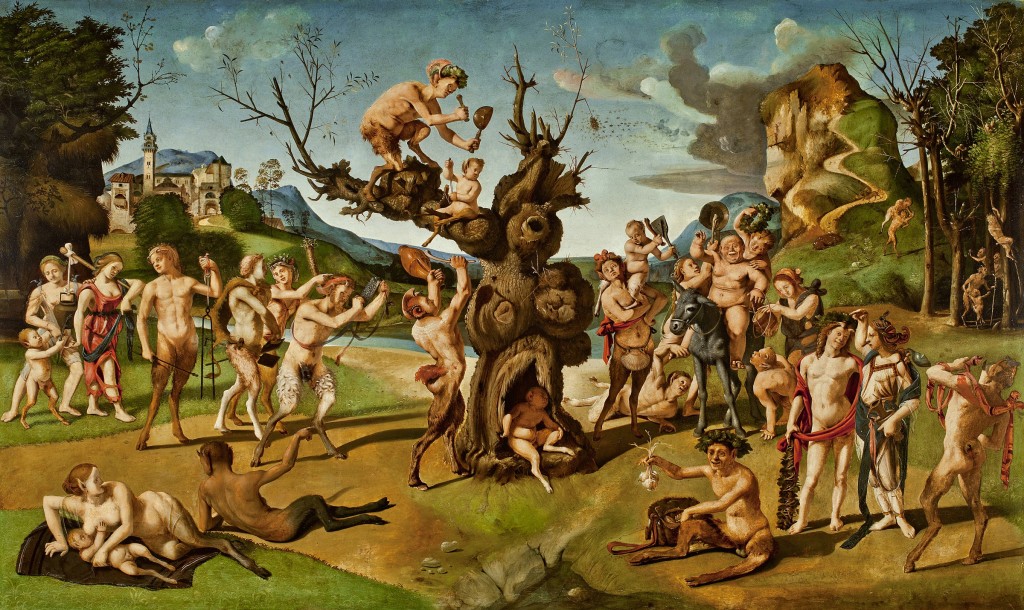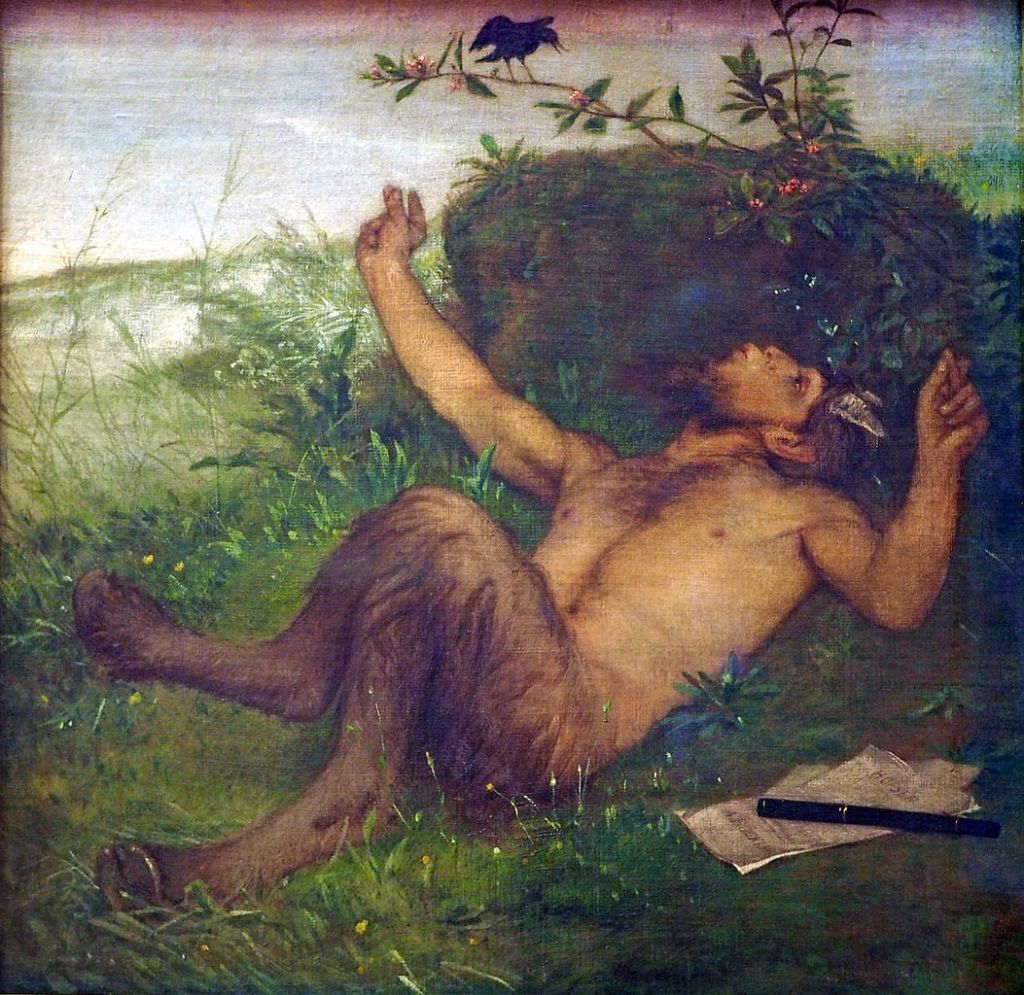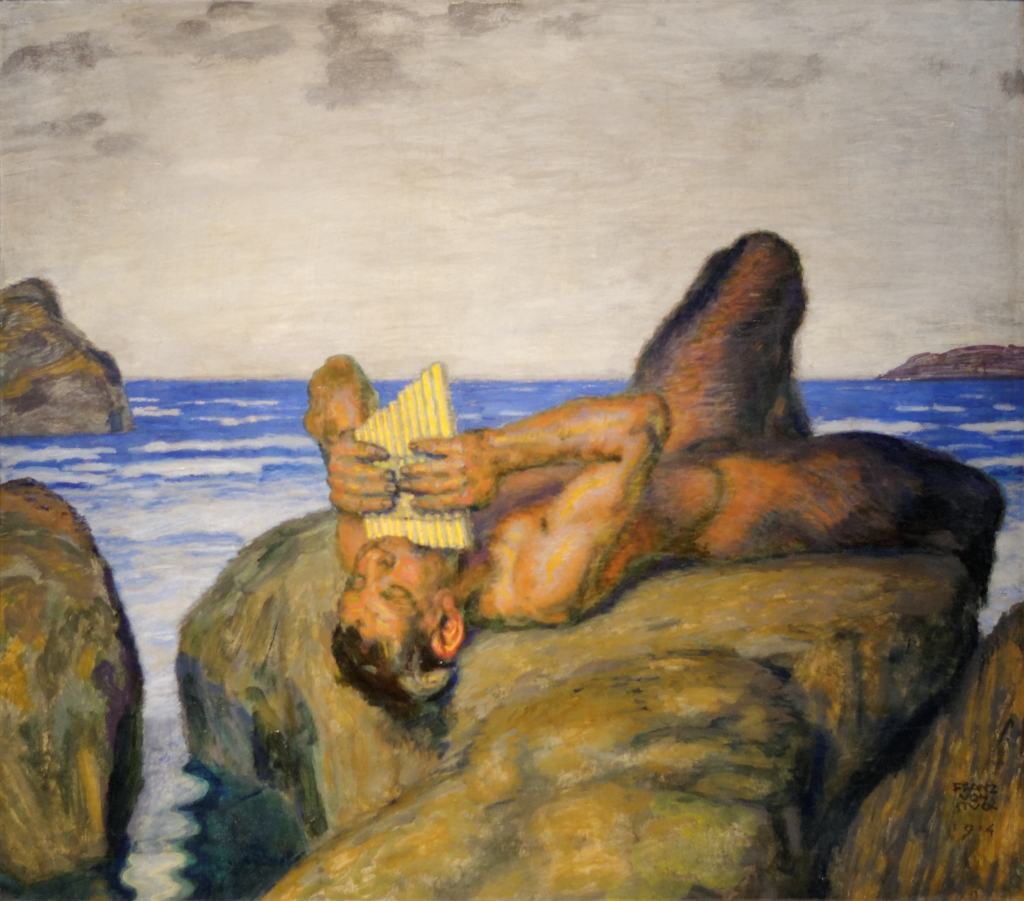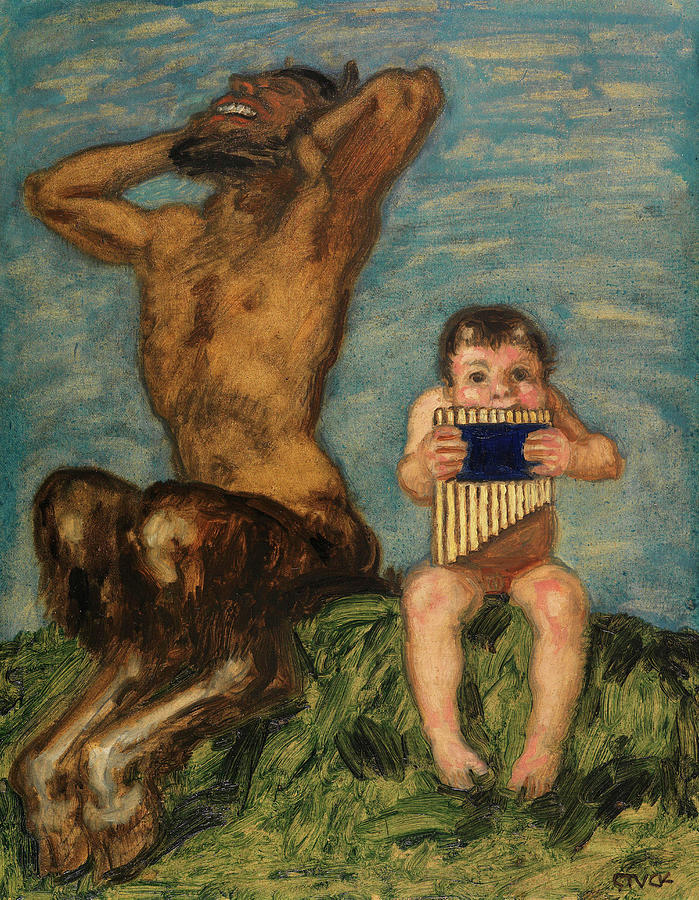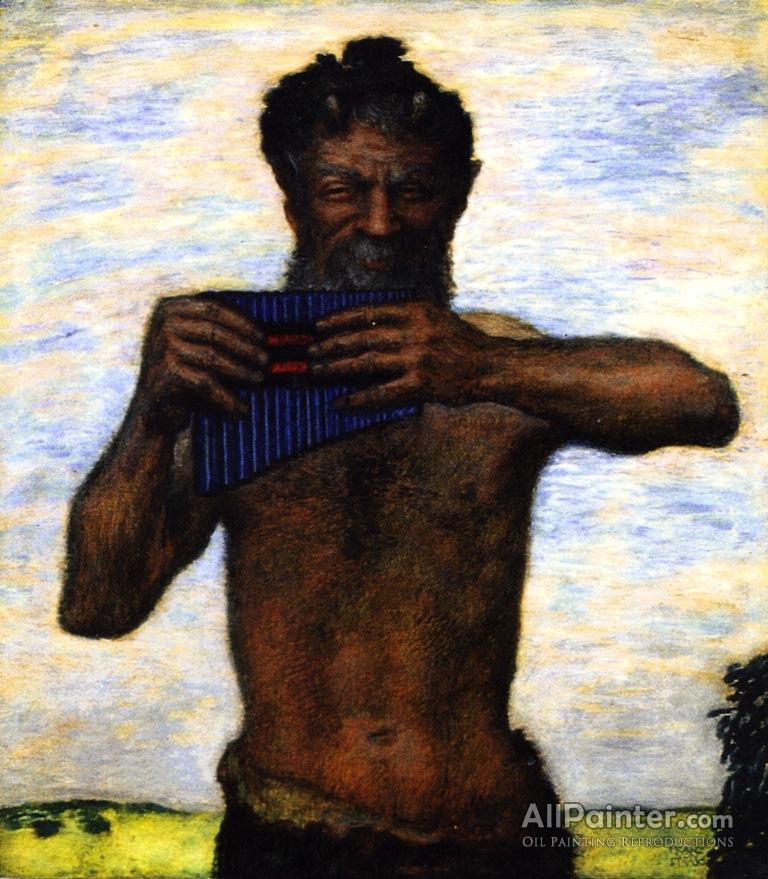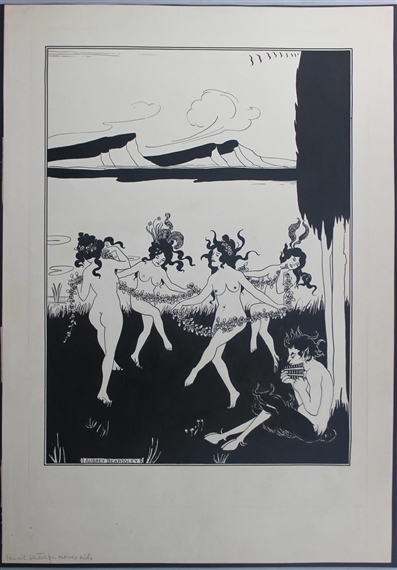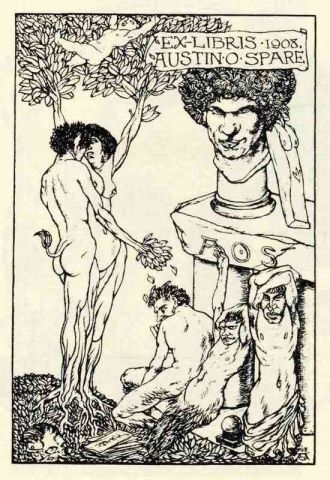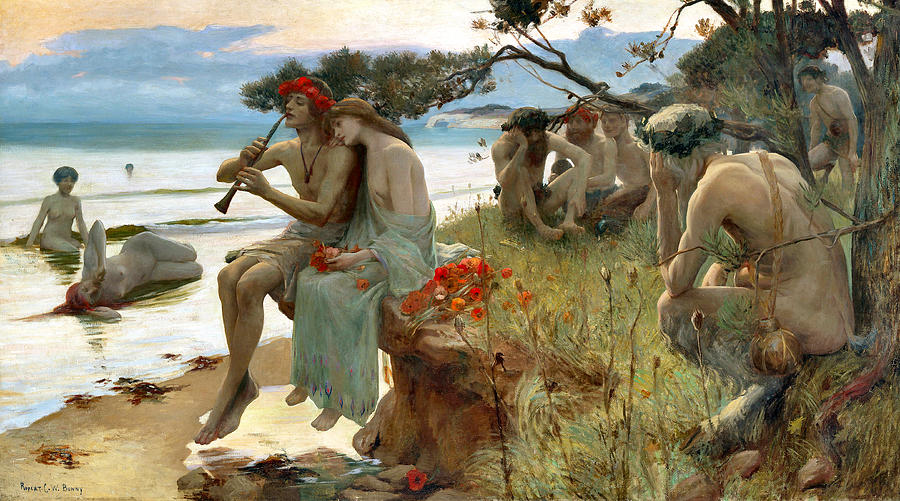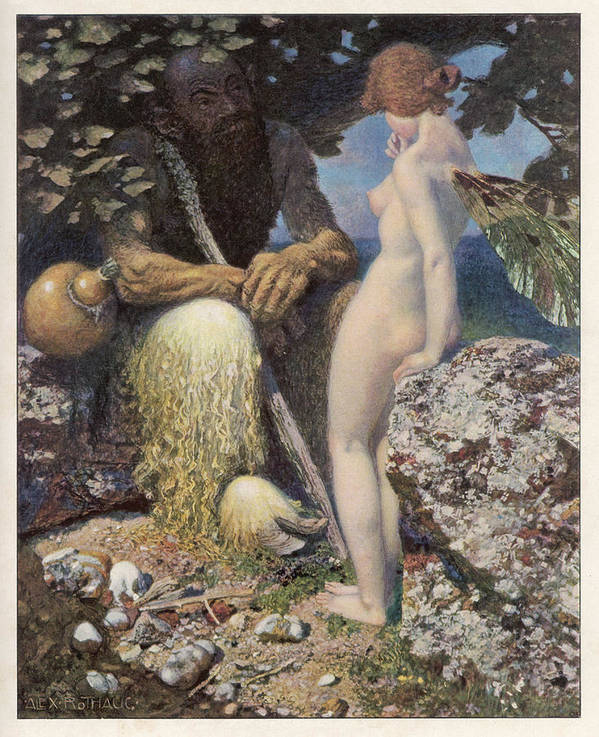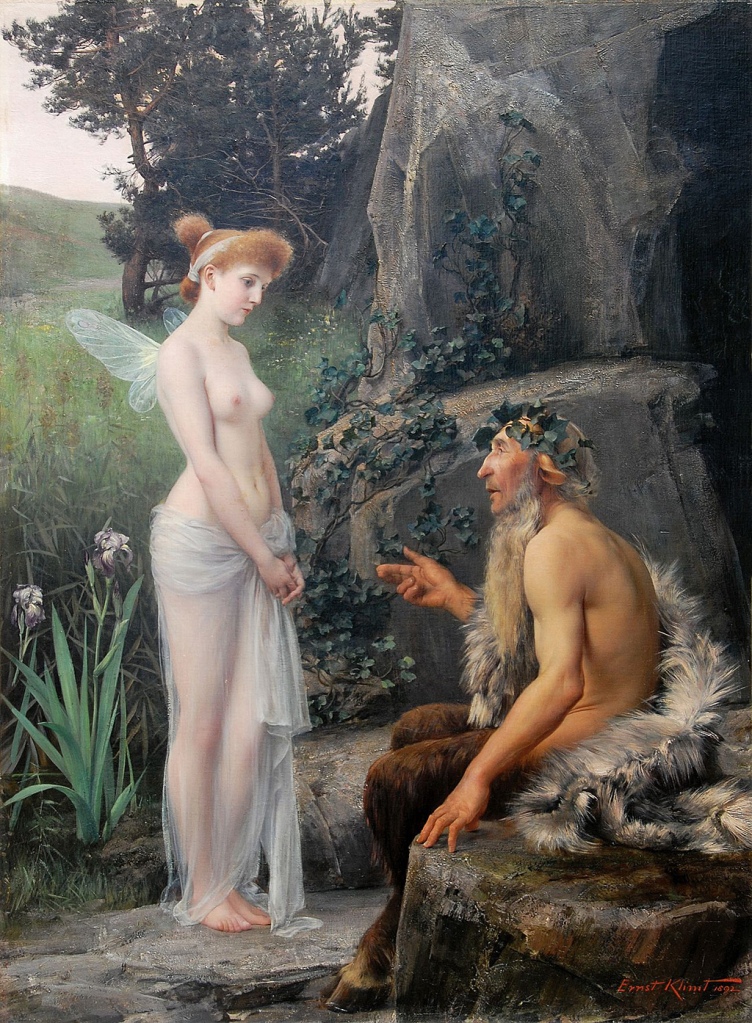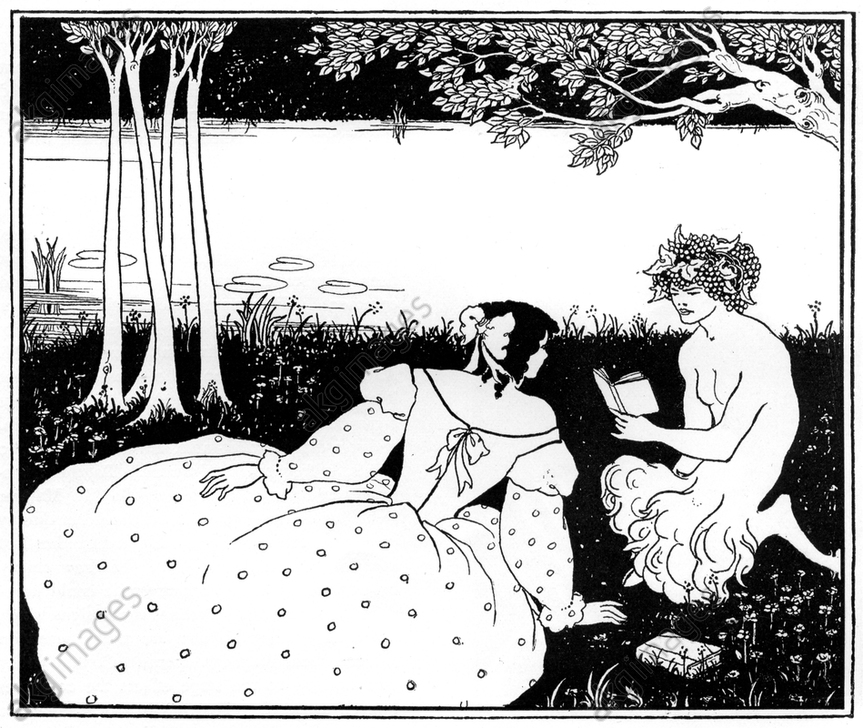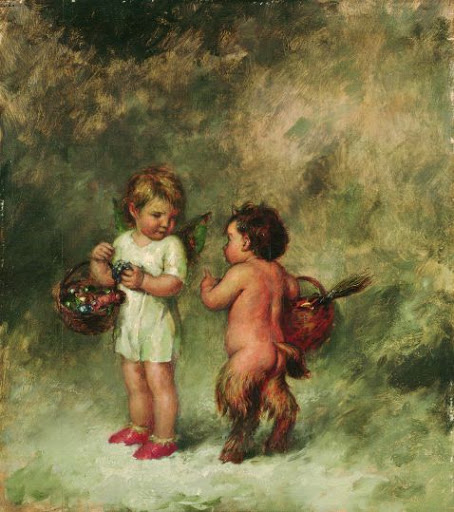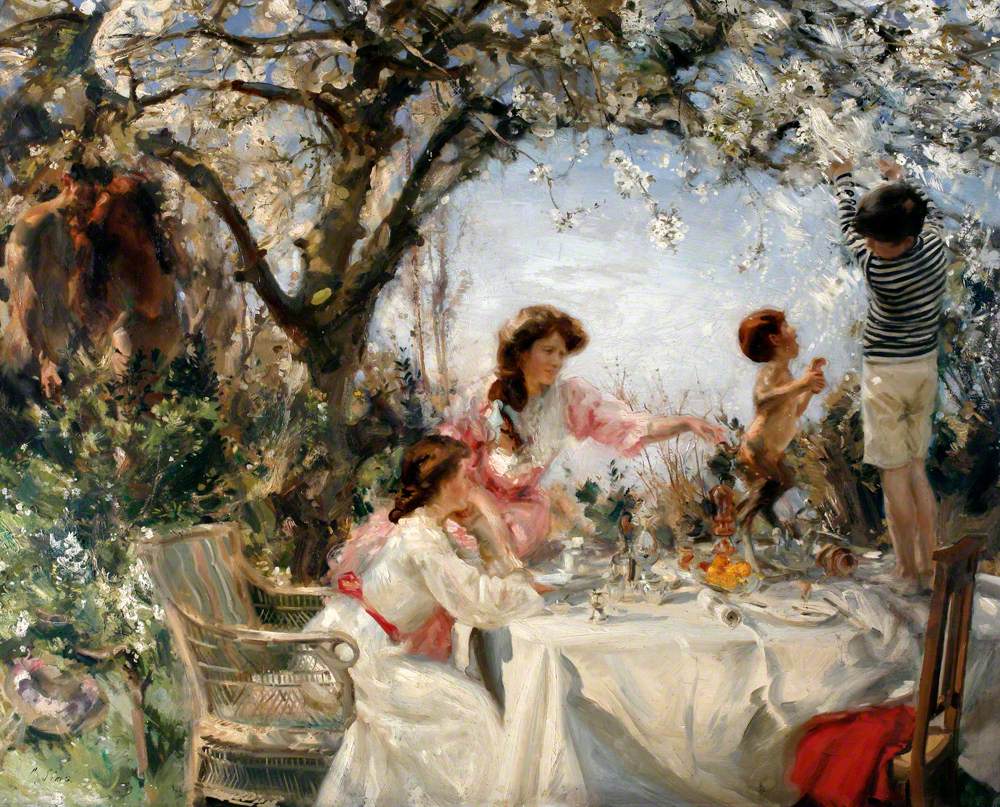
I came across this rather excellent video on YouTube by the band Faun. Very entertaining: like much of the rest of their work. To watch and listen, click on Hymn to Pan.
Listen now, Great Pan he calls us
From the green wood in his grove
‘neath the waxing moon above us
Hear his clear flute sweet and low
Follow in the dance he’s leading
Circle ’round the fire’s glow
Come and drink the wine he pours usFrom the tangled vines that grow
Listen now and I shall follow
Out of the mid-wood’s twilight
Into the meadow’s dawn
Ivory limbed and brown eyed
Flashes the FaunHe skips through the copses singing
And his shadow dances along
And I know not which I should follow
Shadow or SongO Hunter, snare me his shadow
O Nightingale, catch me his strain
Else moonstruck with music and madness
I track him in vain
The video was filmed in Cornwall, at the Trippet stone circle on Bodmin Moor, Mawgan Porth wood, Dozmary Pool, and at Holywell Bay.
The song’s a reminder that, although the early twentieth century may have seen a peak in references to Pan, invocations and depictions, it shouldn’t be supposed that the impulse generating that cultural outburst has disappeared. It may have waned, but the inspiration still flows, awaiting its next flowering. The cult of Pan is a cult of nature and, as such, it is only to be expected that it will wax and wane, flourish and die back. Hence, in the illustration above, the piping faun/ satyr accompanies the faery of spring amidst blossom and new animal life.

Unavoidably linked to growth, of course, is copulation and the creation of new life. As I have discussed already, a regular feature of the imagery and myths of Pan is the pursuit of- and sex with- nymphs. Equally, whilst the god may be a hoary older male, the nymph is frequently a female who’s pubescent or barely older, a symbol it seems of the god’s eternal and undiminishing vitality and the constant renewal and rebirth in nature (or maybe just some older painters’ fantasies….)

What fascinates me, though, is the frequent recurrence of the image of the nymph on the satyr’s shoulders. She may be carried- she may even be whipping him like a horse. The symbolism here is clearly one of control or domination by the female over the male, a forcible subjugation of the uncontrolled male desire of the faun. This reversal of the more conventional role may suggest that the compulsion of the faun to chase the nymph is a burden, a physical imperative which he is powerless to resist. He may appear to be the aggressor, the sex pest, but he is helpless before the forces of nature. Perhaps, even, there are limits on divinity: all must bow to the inexorable might of the natural world.


Franz von Stuck’s image above both confirms and subverts the standard iconography. The nixe (water spirit) is a small breasted young girl, but the pose of the pair suggests trust, co-operation and happiness together. It’s a much more positive and life affirming image than the rather depressing scenes of energetic rutting we often encounter. As for the final two sculptures, we return to more explicitly sexual scenes, but leave the nymph very much in charge, regulating all aspects of the encounter. Indeed, in the first example, you can’t help wonder if she’s becoming a bit distracted by those grapes…
I also now have a page dedicated to nymphs: for lots more information, please visit my nymphology blog.


